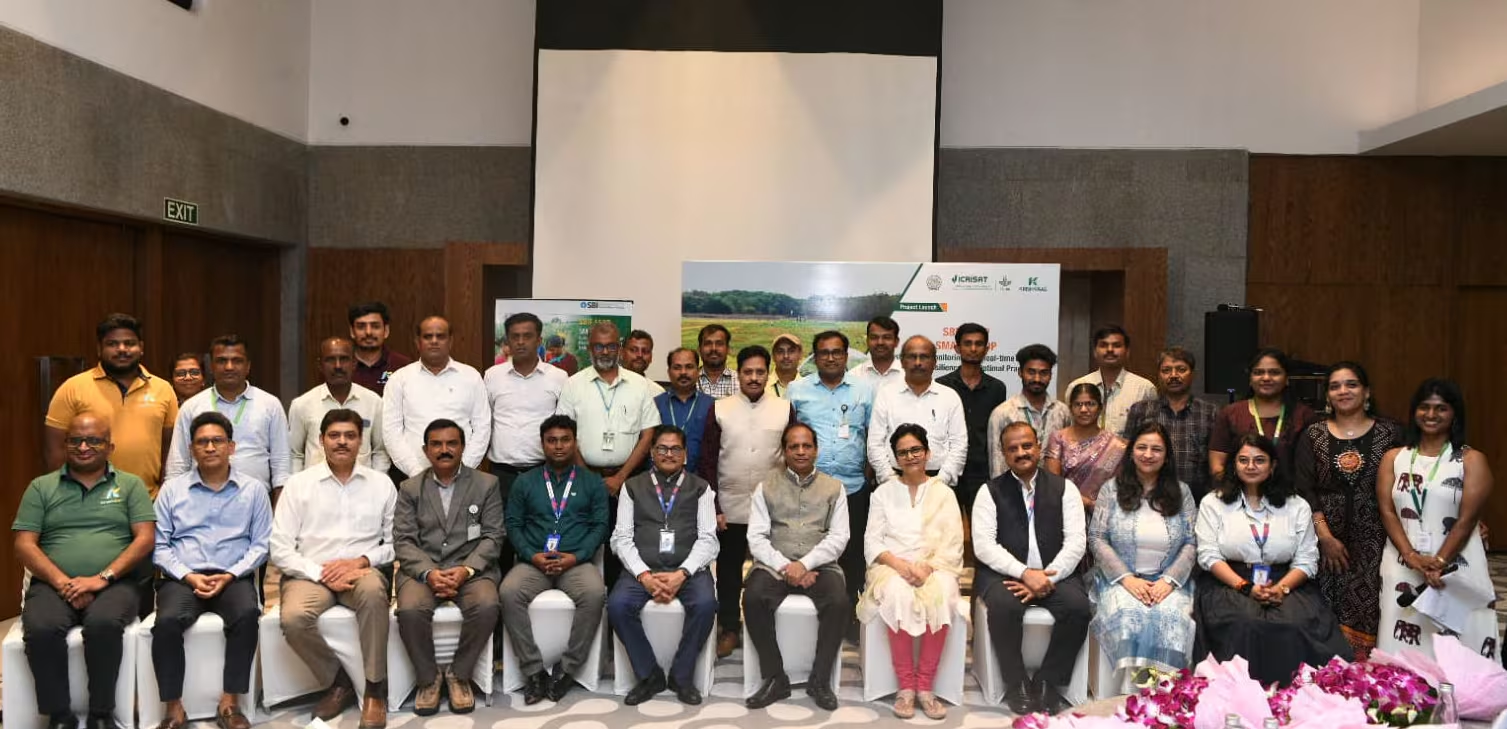Participatory monitoring key to restoration success
- From
-
Published on
30.04.18
- Impact Area

150 million hectares of degraded land – an area the size of Alaska. That’s what governments around the world have pledged to restore by 2020 under the Bonn Challenge. But if those forests are to survive longer than a year or two, local communities must be involved in monitoring them on an ongoing basis, scientists say. “If it doesn’t matter to the local people, then failure will be the norm,” says Kristen Evans from the Center for International Forestry Research (CIFOR). “There might be a whole lot of tree planting going on, but it will result in a bunch of dead trees.” In a new paper, Evans and colleagues outline the case for connecting global plans to local priorities by getting communities involved in setting goals for forest restoration projects, measuring progress against them, and then sharing and learning from the results with decision-makers at various levels. This process is called participatory monitoring. Read the full story on Forests News.
Related news
-

Empowering women in business through improved chicken in Tanzanian
Eisen Bernard Bernardo07.11.25-
Adaptation
-
Climate adaptation & mitigation
-
Gender equality, youth & social inclusion
-
Poverty reduction, livelihoods & jobs
In the coastal villages of Tanzania's Lindi region, where the sun warms the earth year-round,…
Read more -
-

SBI Foundation Joins Hands with UAS Raichur and ICRISAT to Launch “SMART-CROP” Initiative
International Crops Research Institute for the Semi-Arid Tropics (ICRISAT)29.10.25-
Big data
-
Poverty reduction, livelihoods & jobs
SBI Foundation, the Corporate Social Responsibility (CSR) arm of the State Bank of India, has…
Read more -
-

Can the Southern Mediterranean Fish Value Chain Thrive Without Women’s Empowerment?
WorldFish22.10.25-
Gender equality
-
Poverty reduction, livelihoods & jobs
When you picture the Mediterranean’s blue economy—encompassing its vibrant fisheries and aquacul…
Read more -
